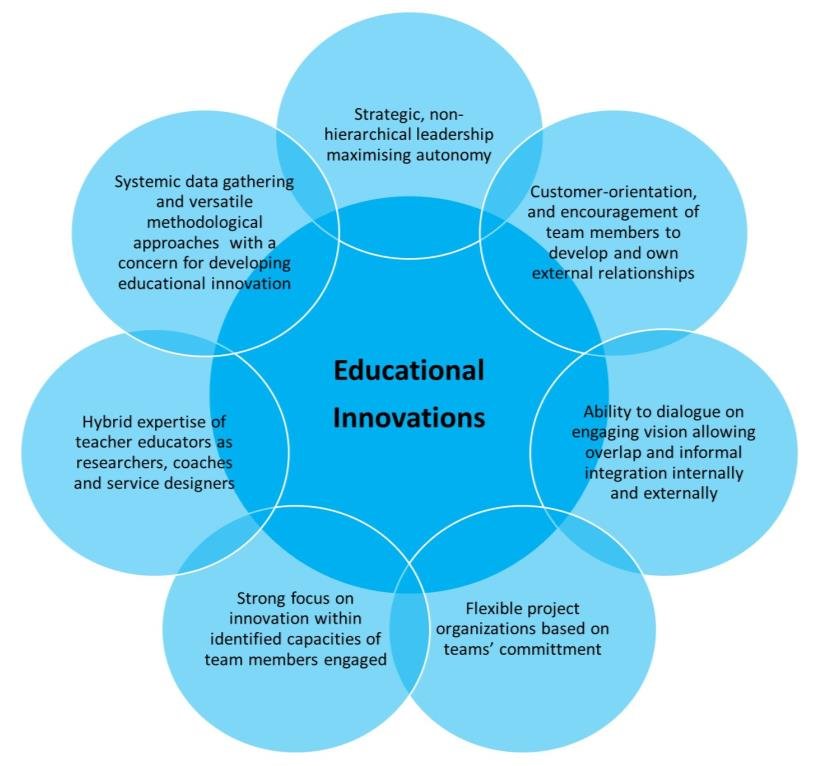

Innovation in Education: Redefining What's Possible
Innovation in education has revolutionized the way we approach teaching and learning, opening up new possibilities and transforming traditional educational practices. With the integration of technology, interactive learning platforms, and personalized approaches, education has become more accessible, engaging, and effective.
One example of innovation in education is the use of virtual reality (VR) technology. VR allows students to immerse themselves in virtual environments, bringing abstract concepts to life. For instance, in science classes, students can explore the human body in 3D or take a virtual tour of historical landmarks in history classes. This hands-on experience enhances understanding and retention of knowledge.
Another innovation is the rise of online learning platforms. These platforms provide flexible and self-paced learning opportunities, enabling students to access educational resources anytime and anywhere. Massive Open Online Courses (MOOCs) have gained popularity, offering courses from prestigious universities to a global audience. This democratization of education breaks down barriers and provides equal opportunities for individuals to learn and upskill.
Adaptive learning is yet another innovation that has transformed education. Adaptive learning platforms use artificial intelligence algorithms to personalize the learning experience for each student. By analyzing individual strengths, weaknesses, and learning styles, these platforms provide tailored content and recommendations. This approach ensures that students receive targeted support and progress at their own pace.
Furthermore, the integration of gamification in education has made learning more engaging and enjoyable. Gamified learning platforms incorporate game elements such as points, badges, and leaderboards to motivate students and foster a sense of competition. This approach promotes active participation and encourages students to strive for mastery of subjects.
References:
- Smith, A., & Petersen, R. (2019). Virtual Reality in Education: A Tool for Learning in the Experience Age. TechTrends, 63(5), 528-536.
- Staker, H., & Horn, M. B. (2012). Classifying K-12 Blended Learning. Innosight Institute.
- Knewton. (n.d.). What Is Adaptive Learning? Retrieved from https://www.knewton.com/adaptive-learning/
- Dicheva, D., Dichev, C., Agre, G., & Angelova, G. (2015). Gamification in Education: A Systematic Mapping Study. Journal of Educational Technology & Society, 18(3), 75-88.
Related Posts
© 2025 Invastor. All Rights Reserved

User Comments